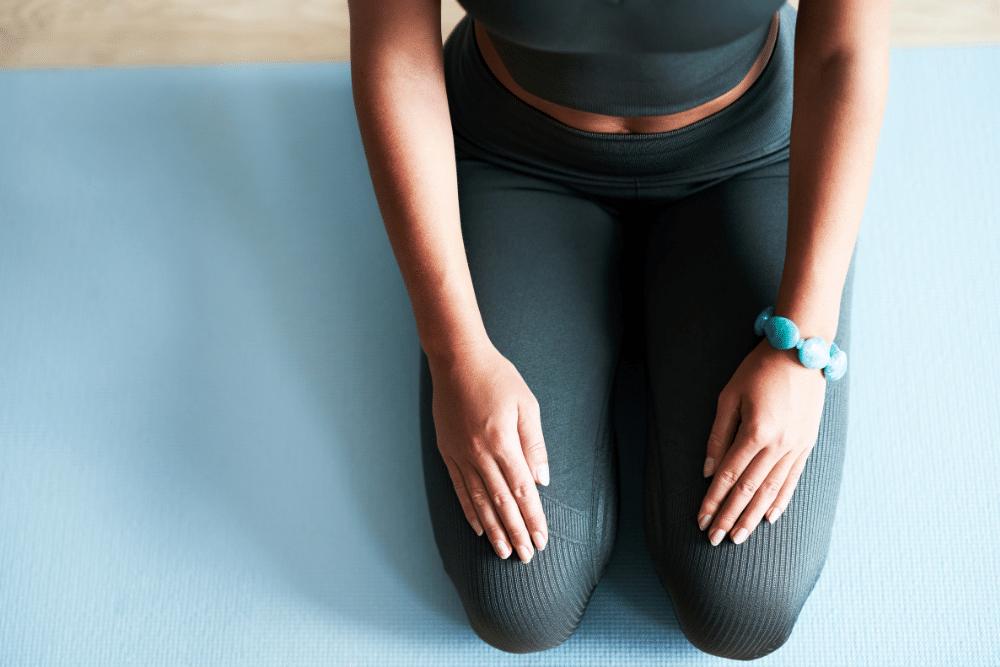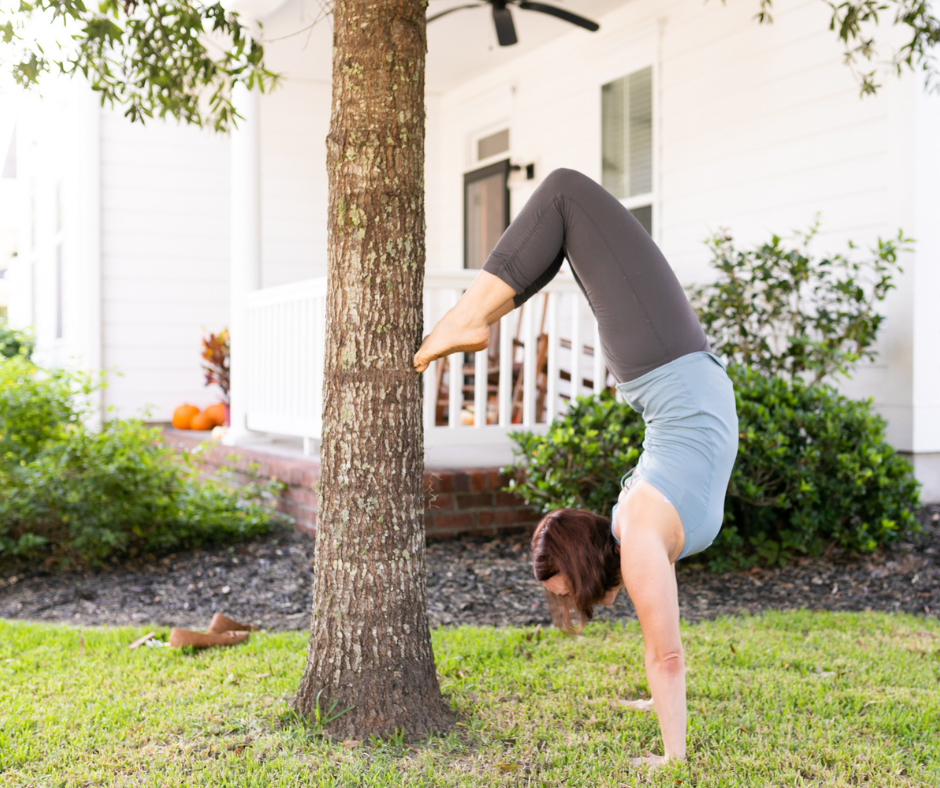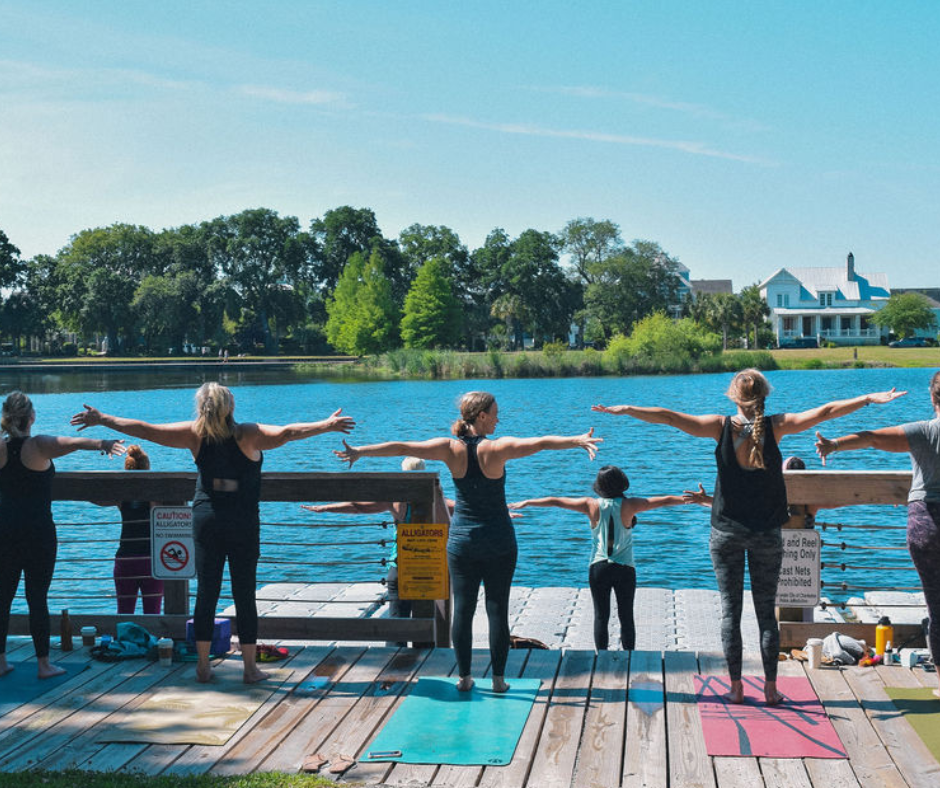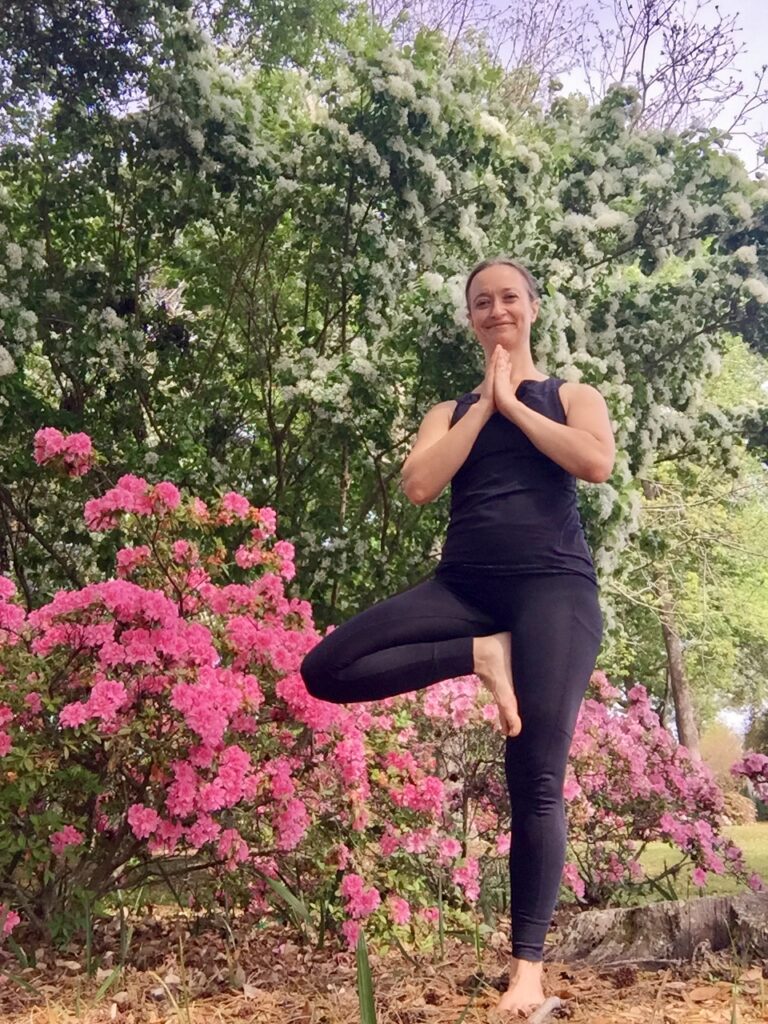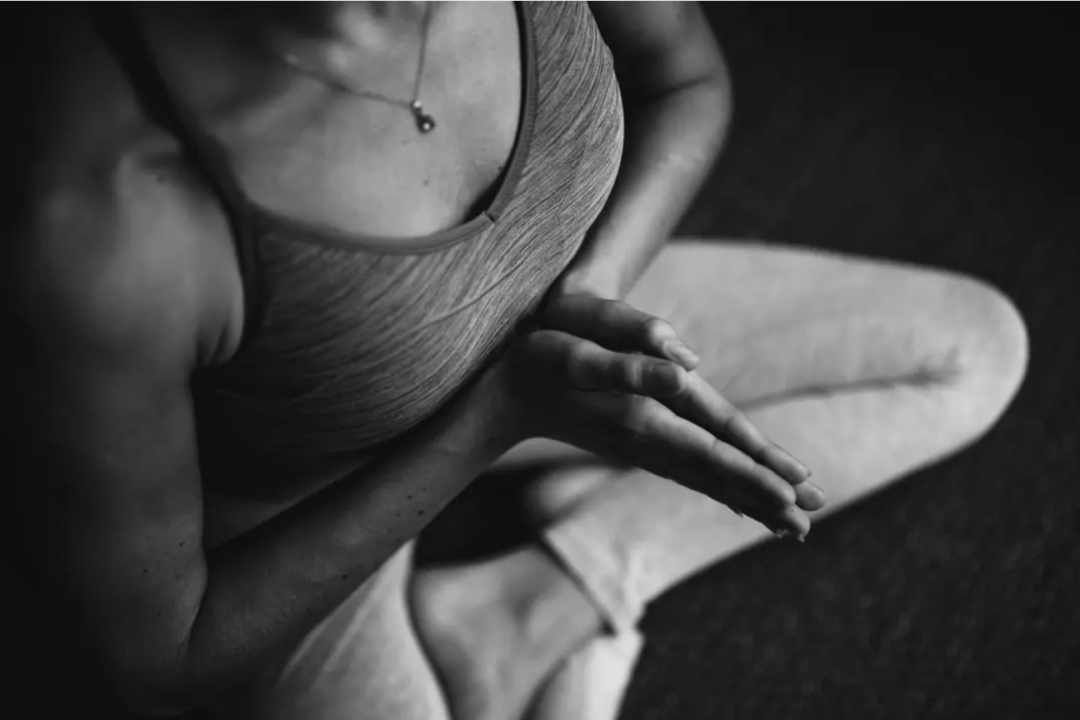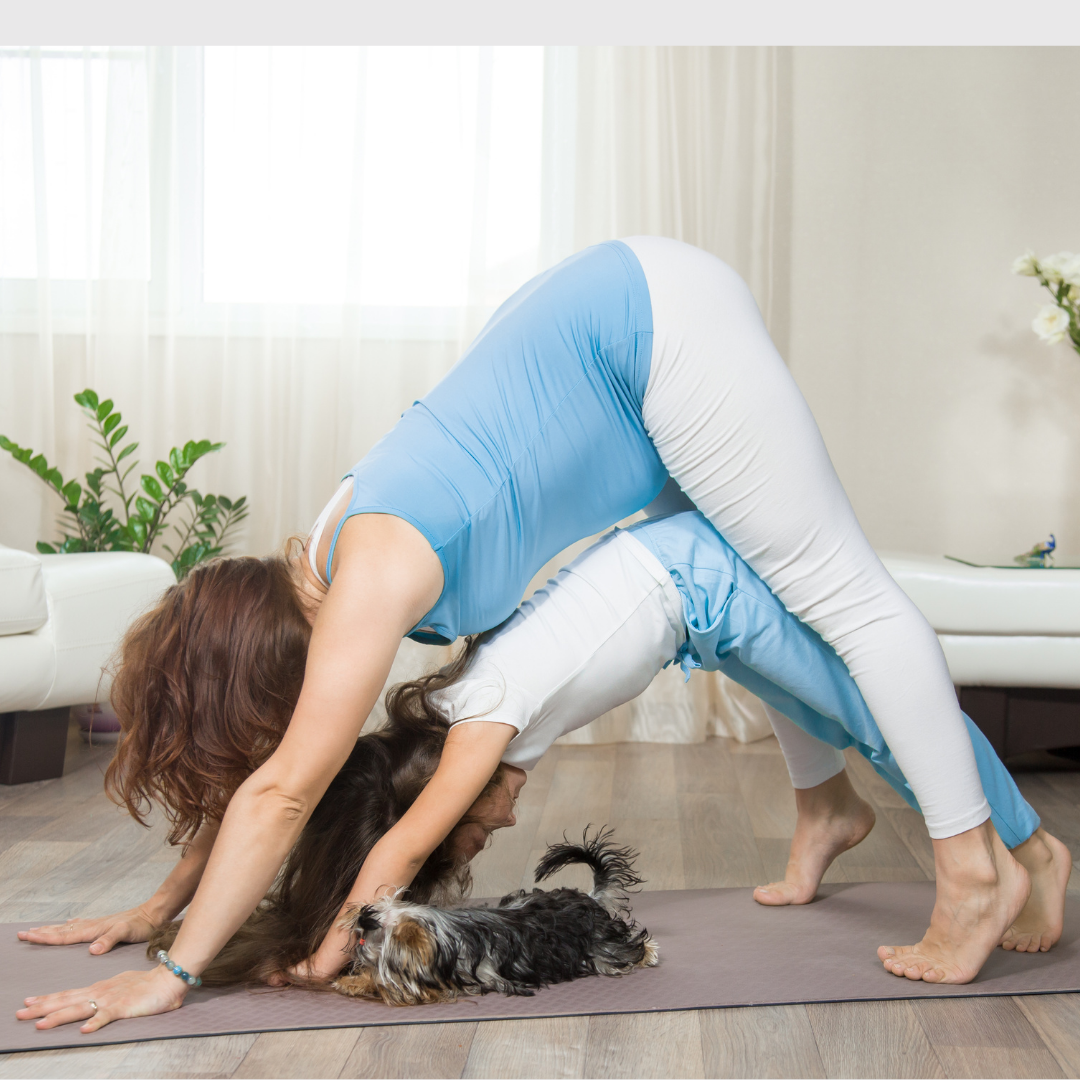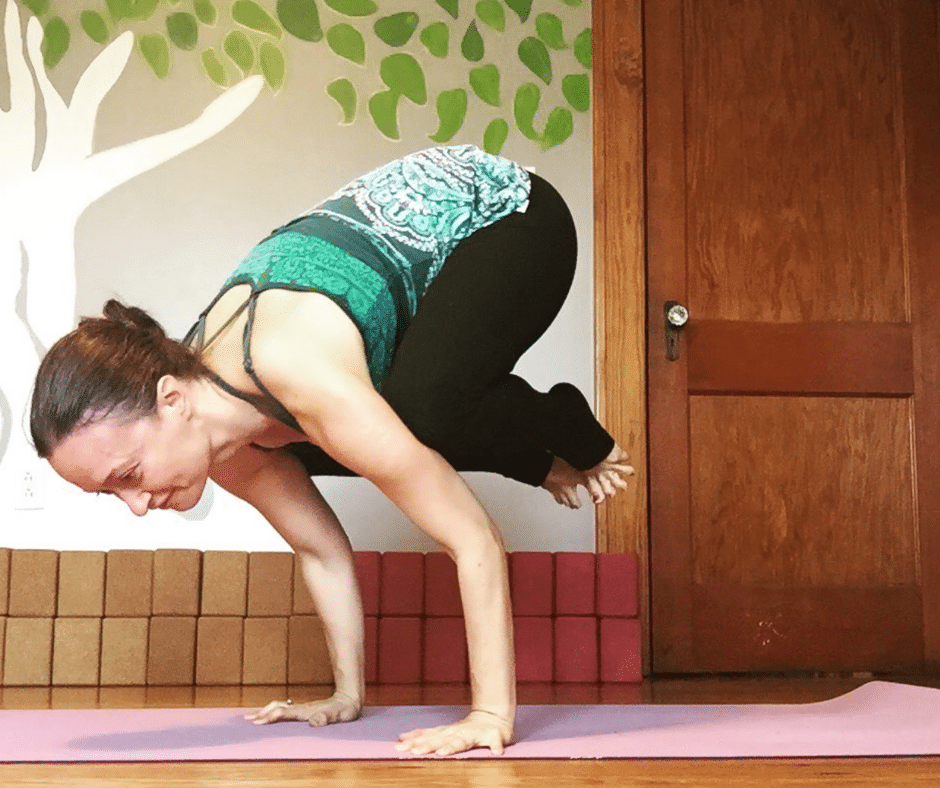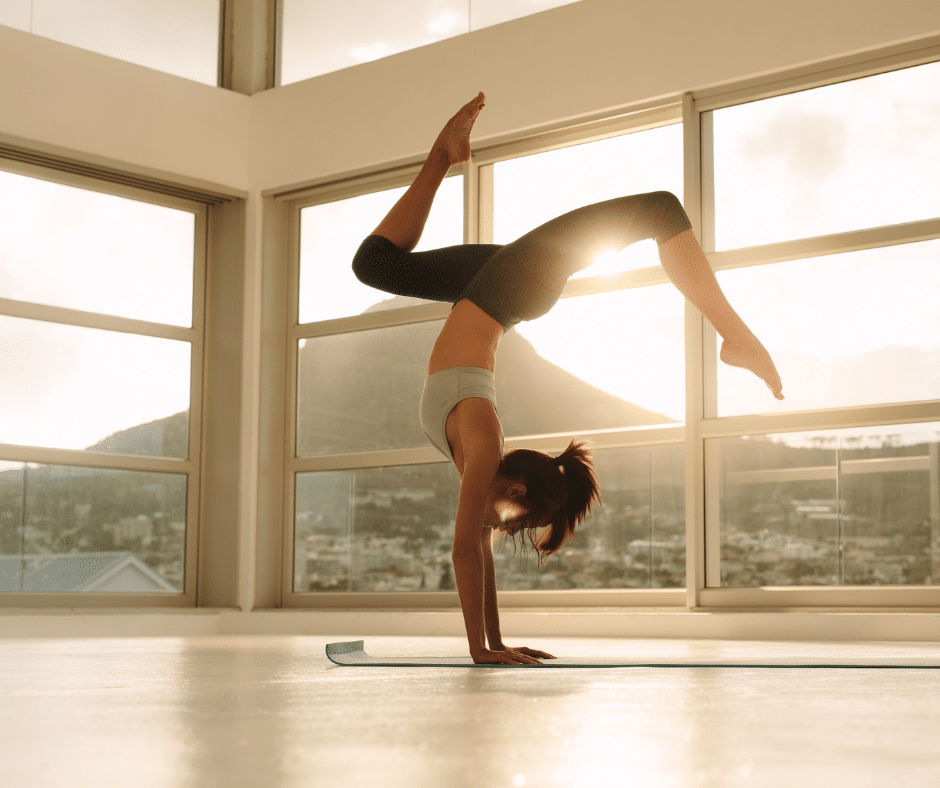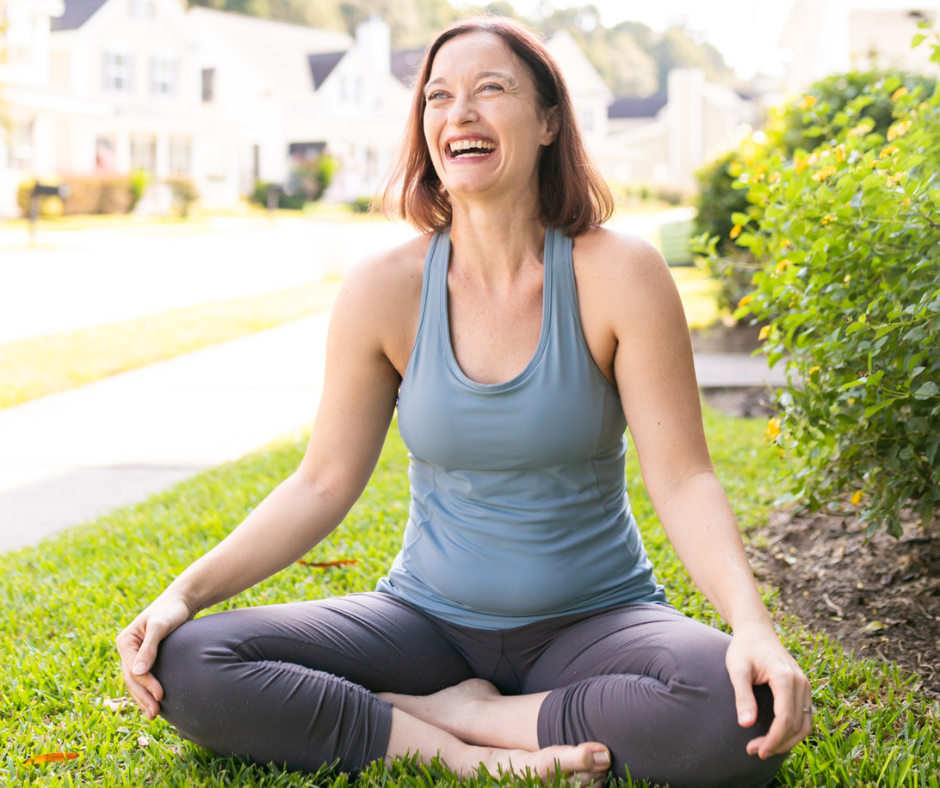
Yoga is an important part of my self-care. It helps my body, mind, and soul… and so it’s kind of a way to meet many of my needs at once. So that’s been my focus.
But, I realize that there are many types of self-care.
There’s far too much talk about massages, bubble baths, and mani-pedis… and not nearly a big enough emphasis on the following underrated types of self-care for moms.
5 Types of Underrated Self-Care for Moms
Preventative Healthcare
Sometimes self-care feels like a day at the spa. But, in my experience, a lot of the most beneficial forms of self-care aren’t really that fun. You might even dread them. Like how I dread getting a cavity filled next week (ugh!).
But if you’d never in a million years dream of skipping your child’s well visit, why on earth would you skip your own?
(I say this without judgment. I used the it’s-too-hard-to-find-childcare excuse to skip the dentist for 3 full years after my daughter was born. Spoiler: That ended in a mouth full of cavities I had to get filled and many regrets.)
Not that you need it, but you have my official permission as a card-carrying yoga teacher/wellness blogger to skip yoga class (or any other type of “self-care” you feel overwhelmed by) to prioritize:
- Your annual exam
- Dentist appointments
- Mammograms
- Dermatologist appointments
- Chiropractor/Acupuncturist/Physical Therapy appointments
Mental Health Care
Mental health is an essential part of your overall health. It’s at least AS important as physical health.
I’m so glad that awareness about maternal mental health disorders has increased in recent years. But this isn’t just about postpartum depression and anxiety.
As parents, it’s so easy to succumb to feeling overwhelmed, isolated, and like we’ll never be able to live up to the Pinterest-perfect vision we have in our heads of what it should look like to do it “right.” This can take a toll.
Especially over time.
I won’t pretend to be an expert here. (Though, I’ve had plenty of my own struggles!) Sometimes to keep your mental health in check, you just need a break or a weekly coffee date with a really good friend.
Sometimes you need therapy, support groups, and medication.
It’s all a vital part of your care. And you deserve to feel peaceful and at ease—no matter what it takes.
My favorite local resource for mental health for moms is Postpartum Support Charleston. Click on over now for a list of care providers, support groups, and more.
Healthy Sleep Habits
It’s the end of the day. The kids are FINALLY sound asleep. The house is quiet. You are exhausted.
You can either: Brush your teeth and put yourself to bed OR you can stay up and enjoy some time to enjoy your favorite Netflix show in peace.
If you’re like me, you often choose to stay up way too late and finally catch up on your show or read a book.
You say you’ll just do it for a few minutes, then a few more… and before you know it you find yourself waking up on the couch at 2 am with all the lights on and your contacts glued to your eyes.
We all do it.
But if you want to feel your best, you’ve got to get enough sleep.
(You know it’s true. This is why you schedule your entire life around your kid’s nap time. Right? Because you see how your little one falls apart when they don’t get the sleep they need.)
Consider this a friendly reminder to put down the remote and go to sleep—especially in times of high stress.
You don’t have to give up your TV shows, of course. I let myself stay up late and binge on weekends when I know I can sleep a little later in the morning. Find what works for you.
See also 7 Yoga Poses to Help You Sleep.
Hobbies Just for YOU.
We all lose a little bit of our former selves when we have kids. It’s just a part of the gig. I don’t actually think that it’s such a problem. We’re always growing and changing. And parenting is a HUGE lifestyle shift.
I know there’s only so much time in a day.
And you devote most of it to raising your small human.
But all too often we give up on our own hobbies and interests a little too easily.
Choose one thing. Give yourself just 10-20 minutes a day to step away from your busy day and lose yourself in a hobby that makes you feel happy—just for the sake of enjoying it.
There are plenty of free yoga videos that are 20 minutes or shorter on my YouTube channel.
Sexual Health
Yup. I’m going there.
Just because you have kids, doesn’t mean you need to give up life’s pleasures.
I know it can be really challenging to connect with your partner intimately when you’re exhausted from chasing kids all day. Sometimes you’re like two ships passing in the night, passing off children as you move from one thing to the next.
Sexual health is a part of your overall health. And we all need a little adult play from time to time–with a partner or alone during naptime. Try a vibrator* from an online store like LoveHoney (I love that they have discreet packaging and plenty of quiet options so no one has to know!). *sponsored link
An orgasm is a fast (and really overlooked) way to get the feel-good endorphins flowing, elevate your mood, and remind yourself that there’s so much more to you than diapers and spitup.




